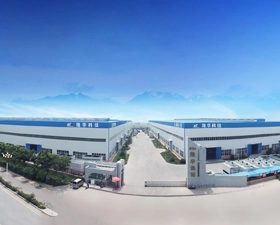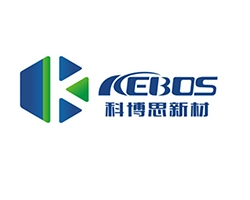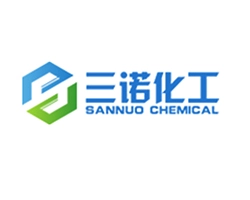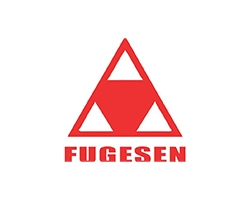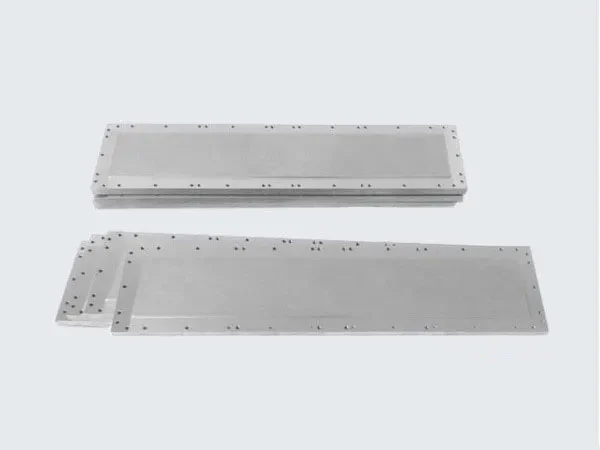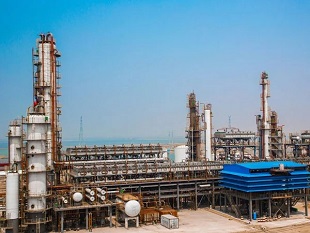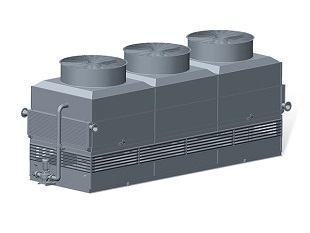Titanium targets are widely used in the production of thin-film coatings across various industrial applications. The unique physical and chemical properties of titanium make it an ideal candidate for use in thin-film coatings.
One of the most common applications of titanium targets is in thin-film coatings for semiconductor devices. In this application, titanium is used to create a thin film that acts as a diffusion barrier or adhesion promoter for subsequent layers of material. Similarly, titanium targets are used in the production of magnetic storage media for data storage applications.
Titanium targets are also used in the manufacturing of decorative coatings. In this application, the titanium targets are used to create attractive, durable, and corrosion-resistant coatings for jewelry, watches, and similar items.
Moreover, titanium targets are used in the development of biomedical implants and medical devices. The high biocompatibility of titanium makes it an ideal candidate for use in implants such as bones and joints. The use of titanium coatings in medical devices can also improve their biocompatibility, wear resistance, and corrosion resistance.
Finally, other applications of titanium targets include the production of optical coatings, in the aerospace industry for space exploration, and for creating mirrors or filters for optical instruments such as telescopes.
Overall, titanium targets are used in a wide range of thin-film coating applications that require outstanding physical, chemical, and biological properties.


 EN
EN
 jp
jp  ko
ko  fr
fr  de
de  es
es  it
it  ru
ru  pt
pt  ar
ar  tr
tr 